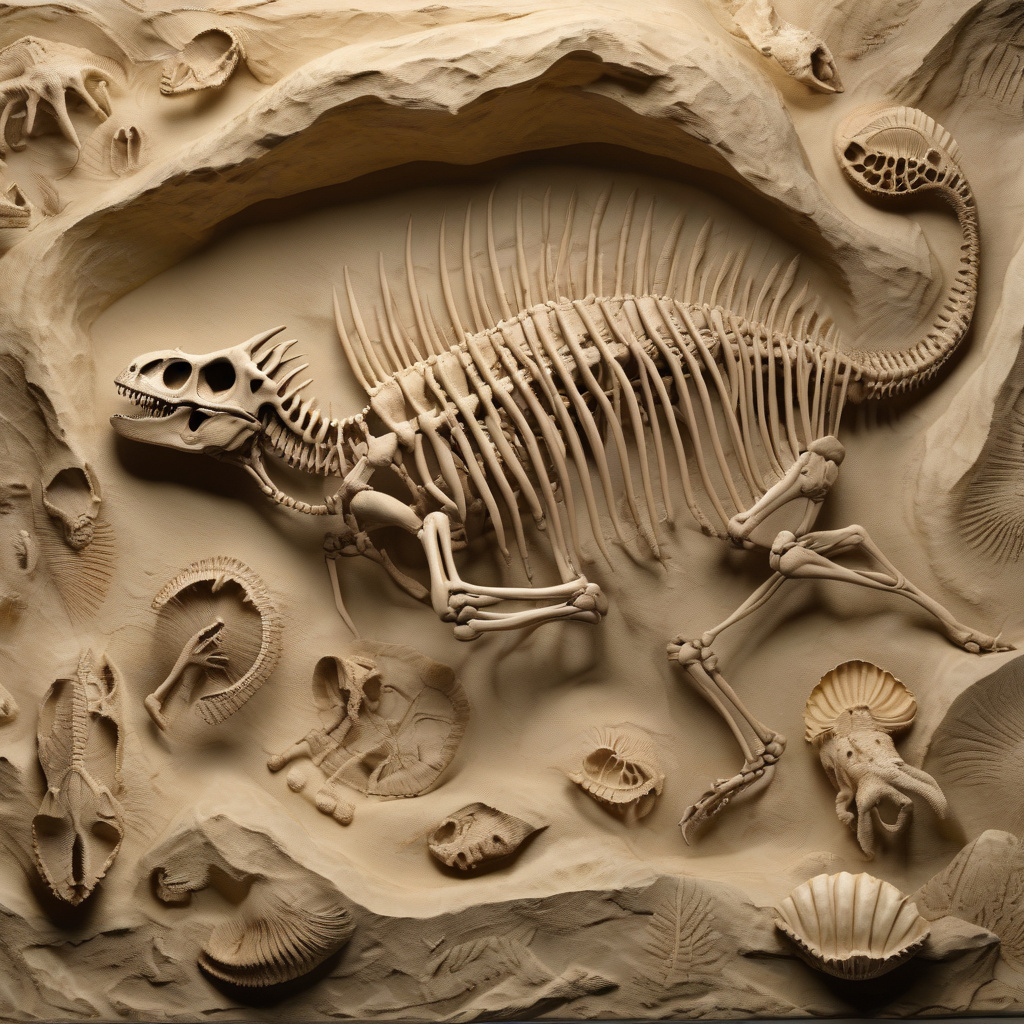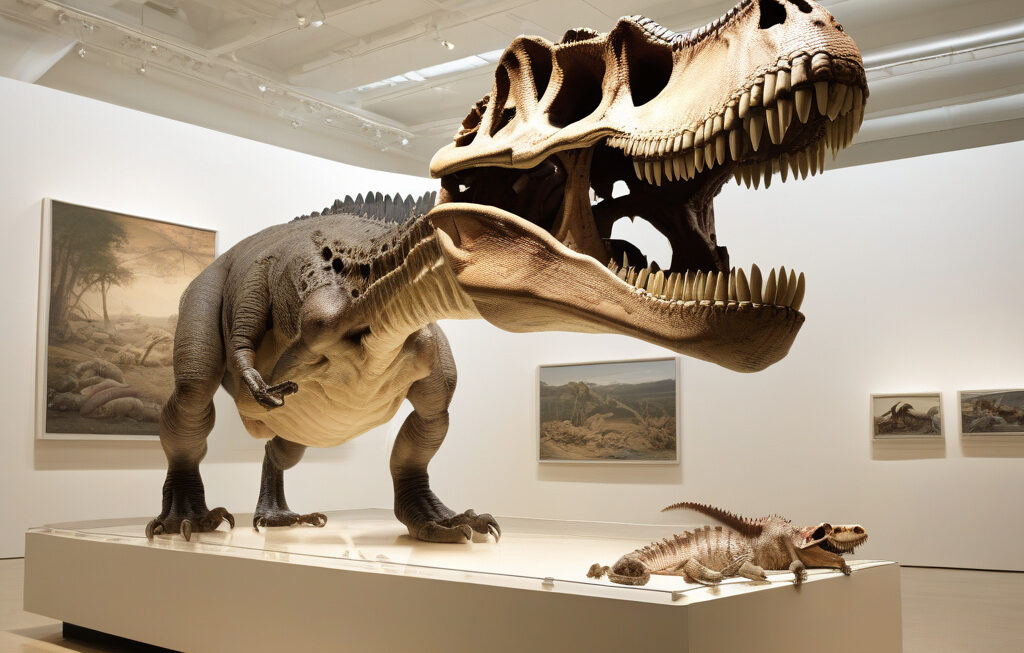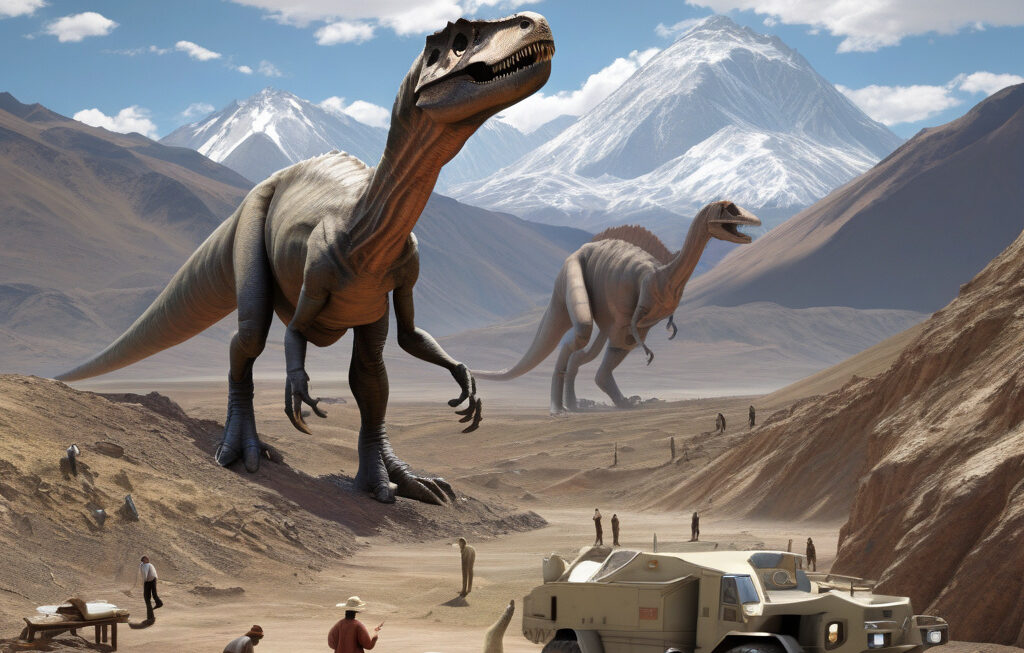Prototaxites: Unraveling the Mystery of the 407-Million-Year-Old Land-Dwelling Giant
Prototaxites, the mysterious ancient organisms, are changing our understanding of early Earth. Sporting a unique, tree-like structure, these giants roamed the land around 407 million years ago, long before dinosaurs or mammals graced the planet. Recently, a groundbreaking discovery has shattered previous perceptions of Prototaxites, positioning them as key players in the evolution of life on Earth.
The fossil of the first land-dwelling giant, believed to be a member of the Prototaxites genus, was unearthed in a remote region, offering researchers a rare glimpse into the past. Measuring several meters in height, this colossal organism challenges traditional notions of early terrestrial life forms. Its sheer size and complexity suggest a sophisticated level of adaptation to land environments, pushing back the timeline of when large organisms conquered the barren landscapes.
Scientists speculate that Prototaxites played a vital role in shaping the ancient ecosystems. By absorbing nutrients from the soil and providing shelter for smaller organisms, these giants acted as pioneers in establishing the groundwork for future flora and fauna. Their presence would have significantly influenced the evolution of other species, setting the stage for the diverse biosphere we see today.
Furthermore, the discovery of the 407-million-year-old fossil has significant implications for the tree of life. By pinpointing the place of Prototaxites in the evolutionary timeline, researchers can now better understand the interconnectedness of early organisms and how they paved the way for the complex life forms that followed. This newfound insight into the ancient past offers a fresh perspective on the origins of life on land and the mechanisms that drove its diversification over millions of years.
Moreover, the study of Prototaxites underscores the importance of ongoing paleontological research in unraveling Earth’s history. Each new fossil discovery provides a piece of the puzzle, allowing scientists to reconstruct the past with greater accuracy and detail. By piecing together the remnants of ancient life forms like Prototaxites, researchers can paint a more comprehensive picture of the forces that shaped our planet and continue to influence its biodiversity today.
In conclusion, the 407-million-year-old fossil of the first land-dwelling giant represents a significant milestone in our quest to understand the origins of life on Earth. Prototaxites, with its towering presence and enigmatic nature, stands as a testament to the resilience and adaptability of early terrestrial organisms. As researchers delve deeper into the mysteries of ancient life, we can expect further revelations that will reshape our understanding of the evolutionary journey that has led to the world we inhabit today.
evolution, ancientorganisms, paleontology, landdwelling, biodiversity












